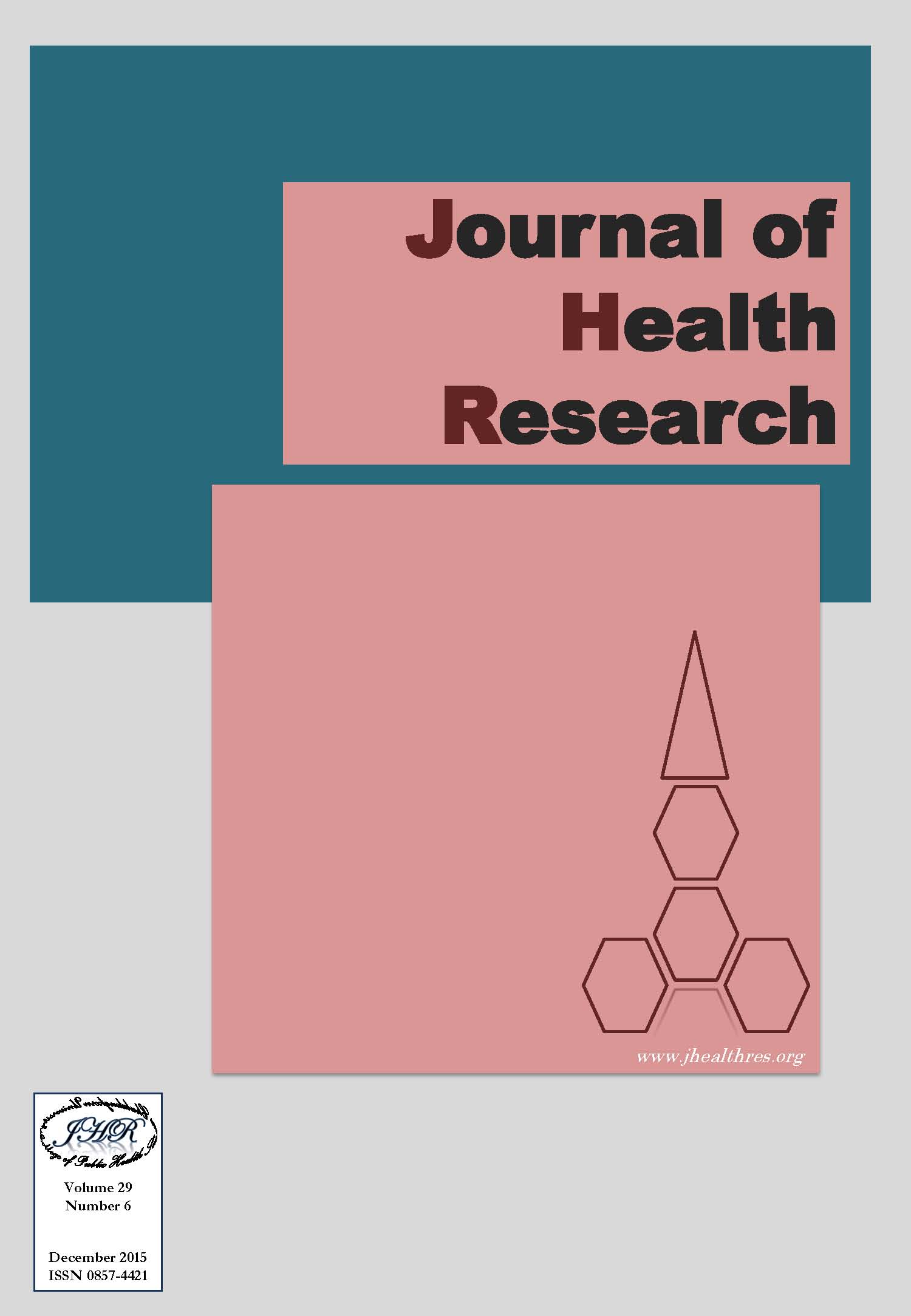Effects of Traditional Thai Self-Massage Using a Massage Stick versus Ibuprofen on Upper Back Pain Associated with Myofascial Trigger Points: a Pilot Study
Keywords:
Thai massage, Massage stick, Trigger points, Back pain, IbuprofenAbstract
Background: This study aimed to preliminarily verify the effects of traditional Thai self-massage using Wilai massage stickTM versus Ibuprofen on upper back pain associated with myofacial trigger points (MTrP).
Methods: Ten participants who had been diagnosed with MTrP in the upper back muscles were randomly allocated in a self-massage group and a medication group. Five patients of the self-massage group were taught to use a Wilai massage stickTM and performed a daily 10-minute session of self-massage on the upper back. The medication group had 400 mg of ibuprofen three times daily after meals. Both groups received the treatments for 5 days. The visual analog scale of pain perception (VAS), and the active range of motion (AROM) of neck were measured before the first day and after the fifth day treatment sessions.
Results: The results showed that after 5 days of treatment, the self-massage group experienced less VAS pain than the medication group (1.80 ± 0.40 versus 4.20 ± 1.64, respectively). The pain score between the two groups was significantly different (2.40 with 95% confidence interval 4.15 to 0.64, p= 0.01). Additionally, the AROM was significantly increased after the treatment with the self-massage stick in flexion (1.40 ± 0.41, 2.00 ± 0.00, p =0.01), lateral flex to Left (8.60 ± 0.89, 10.20 ± 1.09, p= 0.03), lateral flex to the right (9.00 ±0.00 versus 10.20 ± 0.44, p = 0.01).
Conclusions: In conclusion, self-massage using Wilai massage stickTM may provide effective treatment for patients with MTrPs.







